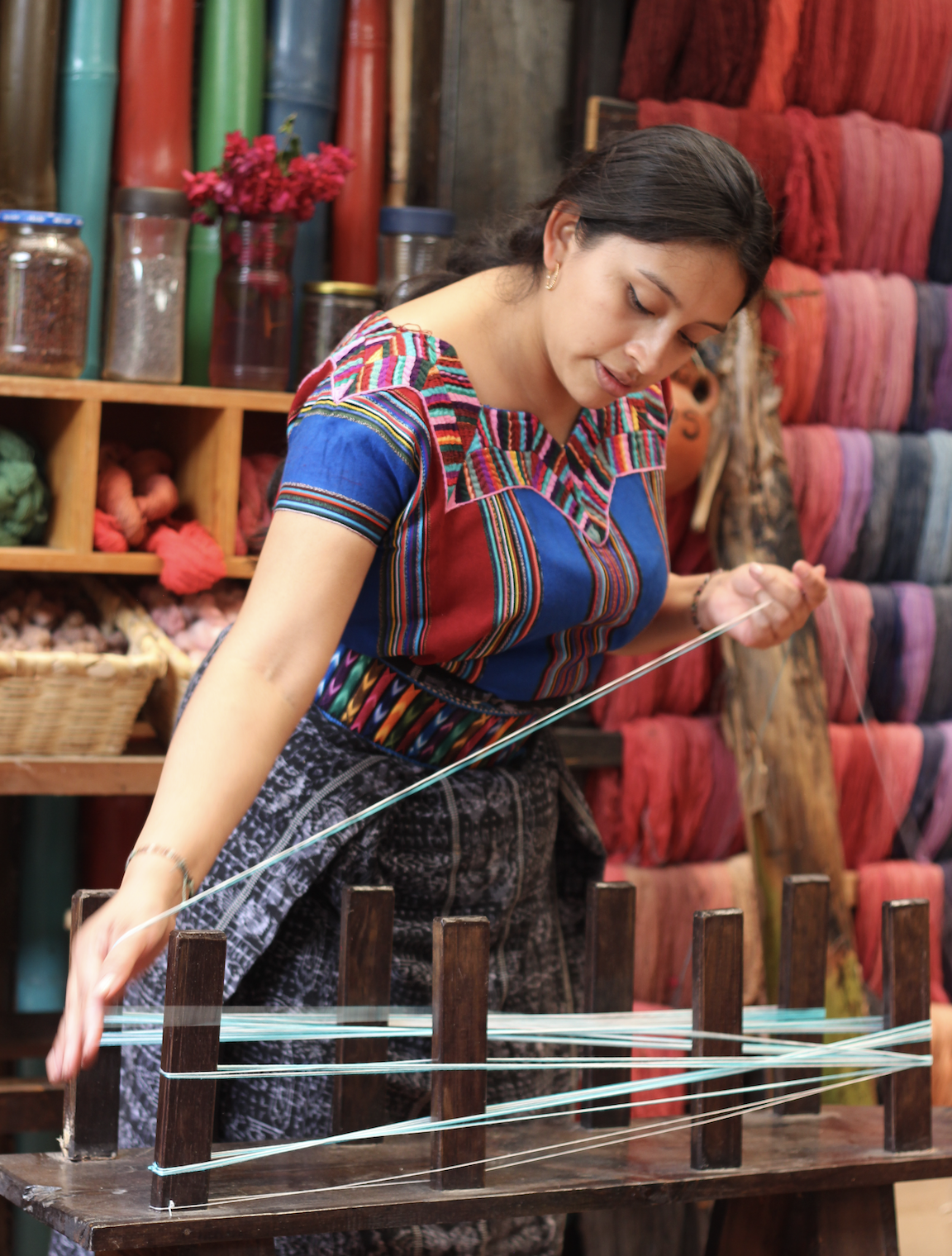The studies and stories that led to the founding of this project ~ Understanding relationships to one another through the lens of material culture.
PROCESS JOURNAL // January 2023
relationality
“In a real sense all life is inter-related. All are caught in an inescapable network of mutuality, tied in a single garment of destiny. Whatever affects one directly, affects all indirectly.(1)”
Many writings use cloth, fiber, thread - or other related terminology - to descibe relationality in various aspects of social life. The invention of clothing was a shaping moment in our evolution and since then has woven its way into our cultural identities and social structures. Clothing is a means of communication and a form of connection. It dictates how we see ourselves and how we wish to be seen by others. Clothing allows is to recognize similarities and shared interests and can provide an idea of a strangers story - all through materials, colours, shapes and details.
In this great acceleration*, the stories behind what we wear have fallen behind. What do our garments say about us and how can we dress in accordance with a collective vision of healing for the world? Material culture can be a powerful force to reenvision a world dictated by financial interests and billboards of photoshopped models, into into a world of authentic care and connection.
1. Martin Luther King Jr., Letter from Birmingham Jail
2. According to a report by the Ellen MacArthur Foundation via Circular -
*every second, the equivalent of one truck of textiles is either landfilled or burned worldwide (2)
PROCESS JOURNAL // January 2023
clothing culture
Clothing is a basic need, yet our 'style’ and way of relating to it is informed by our interests, occupations and the mundane functionality of what we do for work. Whether we choose an outfit based on function or fashion, (nearly) all of us are choosing what we put on our body, on a daily basis. Whatever our relation to it is, clothing is our first layer of home. It is our warmth and our comfort and our way of communicating something about ourselves to the outside world.
Clothing is culture, and less than fifty years ago, most of it was created locally, by hand.
... what had once been the world ’s most common and widely distributed popular art—making textiles—has almost disappeared from the hands of the artisan. In the preindustrial period, anthropologists estimate, humans devoted at least as many labor hours to making cloth as they devoted to producing food. It is almost impossible to overstate how enormous was the change in the daily rhythm when textile work disappeared from everyday life and moved into the factory.(1)
The majority of clothing today is mass-produced, purchased, worn and discarded - all in record time It then traverses the globe again as ‘second-hand’ often ending up on the shores of a country in the Global South - sometimes even the same country whose natural resources and labor force were plundered to construct the pieces in the first place. This destructive cycle is well-documented in Dead White Man’s Clothing, a multimedia project that explores the effect of second-hand trade in Accra, Ghana.
Alejandro teaching Alina to weave. Oaxaca, Mexico. 2024
With the loss of craft, culture is weakened. As values pushed aside by economic interests, the context of clothing loses its importance and the conditions of its creation are obscured. Once clothing is discarded, it is quickly whisked from view - yet there is no such place as ‘away’.
Almost every piece of clothing has been constructed by human hands out of resources taken from the earth we stand on. Through our interaction with these pieces, we choose our way of relating to our human family and to the world. Just as the food movement has brought increased awareness to the importance of what we put in our body, the material movement is here to show that what we put on our body has just as critical of an effect.
PROCESS JOURNAL // February 2023
the power of stories
Through the stories we share weave our pattern of place into the world around us. These are the threads connecting us to our outer surroundings, as well as orienting our inner realms of understanding.
Our reality is constructed through the stories we receive and repeat. Some are presented as truth, while others are dismissed as myth.
Often, ‘modern’ stories carry more legitimacy within current society. Such a story is the story of progress, telling us our salvation will be found in continuously speeding forward and the havoc that extractive capitalism is wreaking on the planet will be solved through further technological advancement. Yet —
“The situation on Earth today is too dire for us to act from habit—to reenact again and again the same kinds of solutions that brought us to our present extremity.” (1)
Our actions and relations are motivated by the understanding of our roles in society. We learn to view ourselves as separate individuals, in competition for limited resources. Yet, if we look to our natural surroundings, we see that all of existence depends on collaboration. This scarcity is largely due to unequal distribution and when let go of this mindset, we recognize that our future survival is mutually codependent.
Cultural work, the work of infusing people’s imaginations with possibility, with the belief in a bigger future, is the essential fuel of revolutionary fire.(2)
Aurora Levins Morales writes the above quote in Medicine Stories, where she also speaks about the shedding of privilege as a reclamation that brings us into balance with those around us.
This book - as well as Aurora’s essays on Patreon- are provoking reflections and calls to action. She is one of many voices investigating and celebrating the power of story as a source for societal shift towards harmonious interrelation.
The need for narratives that inspire reverence and celebrate interdependence is increasingly necessary in times of increasing alienation and dissociation. As we make meaning of the world around us, stories help us to trace our origins of being and illuminate our ways of becoming. Theirs is the potency to guide our attention and stir our emotion, bringing us together as a collective, driven by passion and a deep love for life.
1.The More Beautiful World Our Hearts Know is Possible by Charles Eisenstein
2.Medicine Stories: Essays for Radicals byAurora Levins Morales
PROCESS JOURNAL // March 2023
fabric of life
San Juan, Guatemala
Woven into the threads that make up the garments we wear is a rich story. Typically, we do not have the privilege of knowing who made our clothing. But what if we did? What would they tell us, and how would our interaction with that piece impact their life?
The village of San Juan la Laguna is nestled on the shores of Lake Atitlan in the heart of the Mayan region and present day Guatemala. Textile culture is still vibrant in this part of the world. Towns abound with brilliantly coloured, hand-woven fabrics, and many Guatemalan women still wear their traditional dress. San Juan, in particular, is filled with artisans and collectives. Also a common tourist destination, the streets are lined with signs inviting visitors inside for demonstrations on weaving and natural dyeing.
One such studio I visited was Casa Flor Ixaco, where I had the pleasure of experiencing a presentation by Daphne, a local Mayan woman and a key member of the cooperative. Working in this cooperative has not only provided the women with an income, it has also enabled them to continue creating in the traditional manner. By collectivizing their efforts, they are able to create more efficiently, for example by dyeing twice a year in large quantities, rather than repeating the same process multiple times in smaller batches.
These women are working completely by hand, competing with multinational companies and highly mechanized factories that are also exporting from the region. While Daphne was demonstrating the weaving process on the backstrap loom, a visitor from the group asked why they chose not to used mechanized looms, as these would be much faster. She responded simply,
“This is who we are. This is our culture.”
Women have been weaving in this way for hundreds of years, weaving their sorrow and their joy, their love and their heartbreak into pieces of clothing and blankets that have warmed friend and foe alike.
Whether woven by a woman like Daphne or a young Bangladeshi girl working in a stifling factory, each textile holds the imprints of those who brought it into existence. While much of this process is obscured from our view, the clothes still carry these stories.
As holders and wearers of these pieces, we are in a special position to respect all that has gone into their creation and to continue their story forward. To honor those that have held the cloth before us and to preserve the materials that surround us, doing all in our power to lengthen their lifespan and conserve their value.



